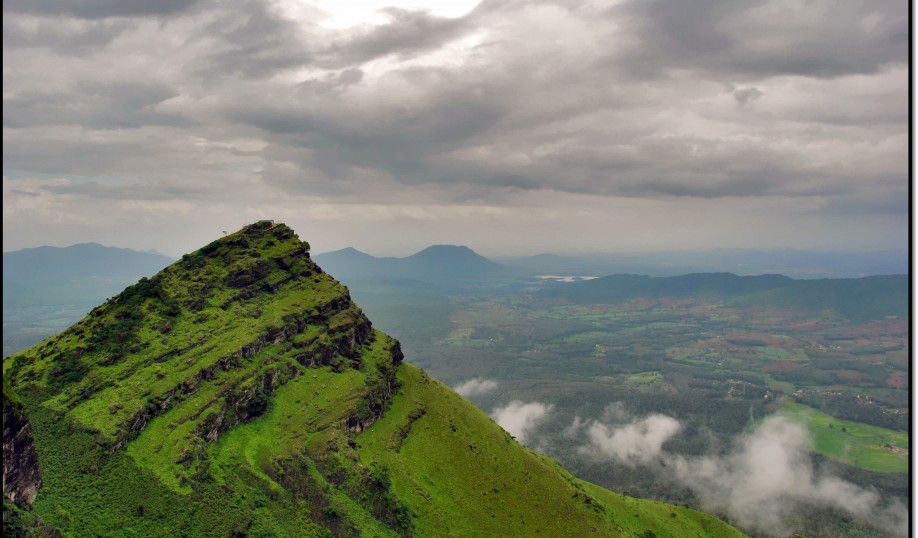Elsa Gregorio Hernandez harvests coffee by hand. Elsa is employed as a coffee “picker” by Federación Comercializadora de Café Especial de Guatemala (FECCEG) member, Diego Jacinto Sales. Harvesting by hand, it is a physically demanding job performed on steep hillsides in hot, humid conditions. Image by Mark Caicedo
By Wilson Caicedo
There many roles played by soils, topography, and geology in general that influence a coffee’s flavor. There are several macronutrients and micronutrients that a coffee plant requires in order to thrive. Nitrogen, potassium and phosphorous are necessary macronutrients. Micronutrients, such as zinc, magnesium, boron, iron, and copper are needed as well by coffee plants. Nitrogen intake affects the caffeine content of a bean. Potassium is important to the physiological development of fruit, and phosphorus is necessary for root, wood, and bud development (Emma Sage, Basic Plant Biology: Keeping the Coffee Plant “Happy,” www.scaa.org) Coffee’s annual average temperature should be between 59° and 73°F. Some regions can rely completely on rainfall while other with dryer conditions use irrigation techniques. With this it requires good soil drainage, proper elevation, soil pH of 4.0-7.0,. Elevation ranges differ between the subtropical (1800-3600 ft) and equatorial regions (3600-6300 ft). Soil acidity is important because it influences the ability of the soil to release its nutrients.
With Brazil being the #1 exporter of in the world, its Cerrado region, provides 59% of the countries coffee. The soils in this savannah, known for its rich biodiversity are rich in aluminum, with deposits of calcium and magnesium, and are mostly dystrophic, with low pH(Lopes and Cox, 1977 a ; Furley and Ratter, 1988); most are oxisols (ferralitic soils). They are not ideal soils for growing quality coffee. However, they are well drained, ultimately making it a good region for higher yields of Robusta without shade. Unfortunately, this method requires more lime and fertilizer distribution among crops grown in this region.
Colombia’s coffee producing regions’ topography affects bean quality differing between the north and south of them. Southern regions below nine degrees latitude, primarily grow Arabica. With soil derived from the Sotará and Puracé volcanoes, in the east and northeast, and Huila volcano, in the center of the region, also generate colder winds for coffee. Beans in these regions are able to retain more acids and sugars. Regions located further north are tend to sit at lower elevations of approximately 1,200 m (4,000 ft). Robusta varieties are mainly produced there, as it can still thrive while not retaining as much acid and sugar content from the soil.



